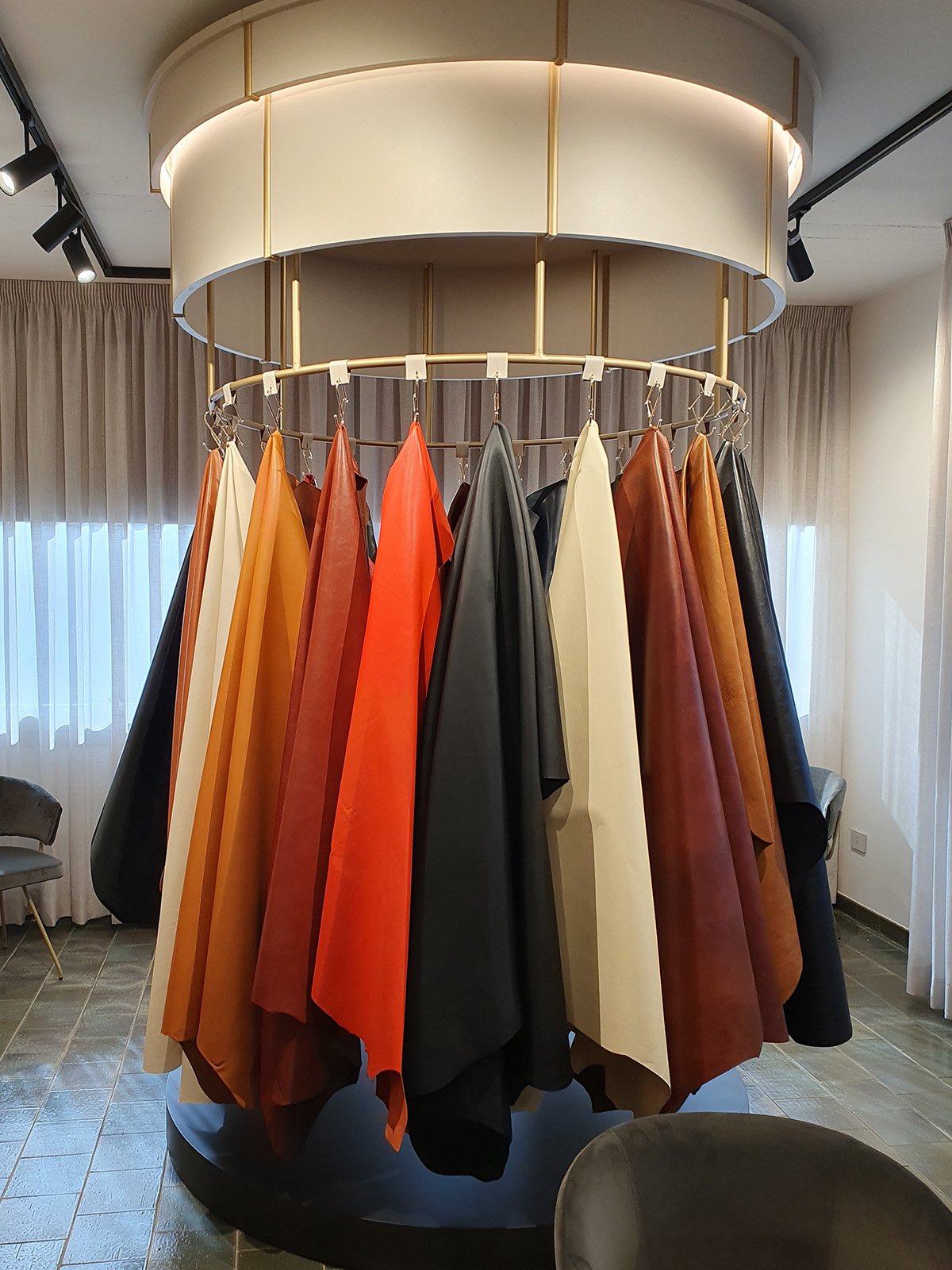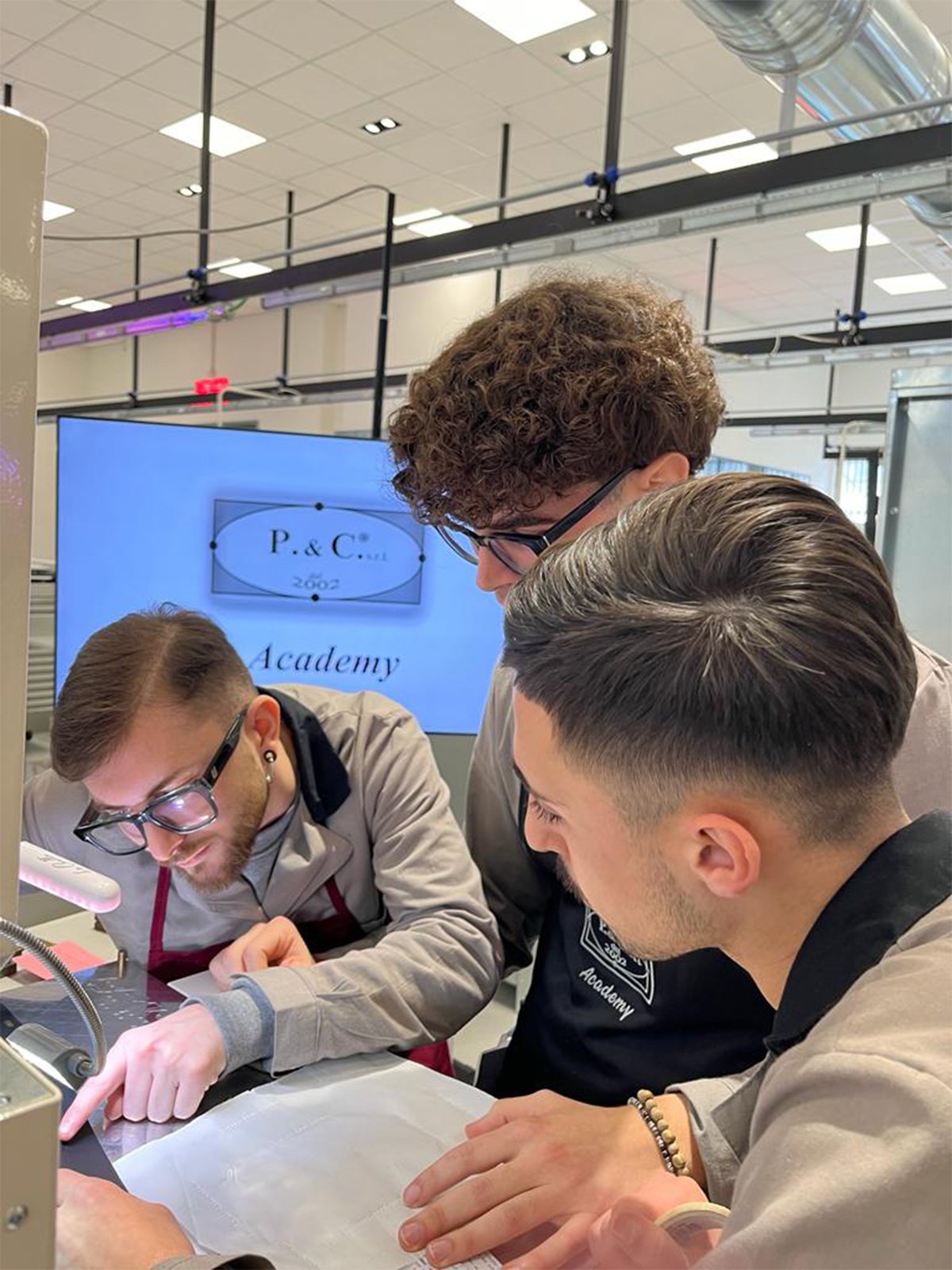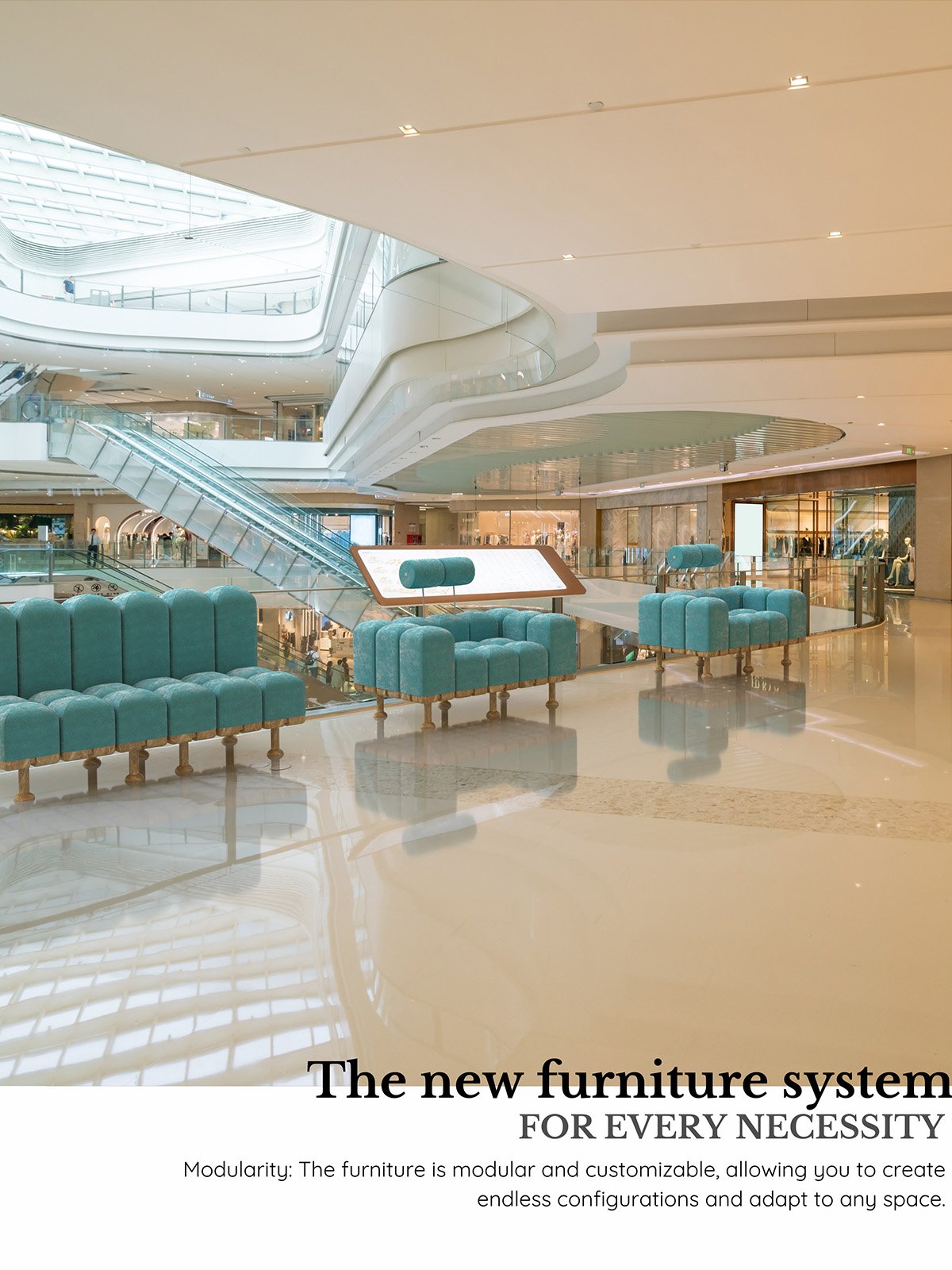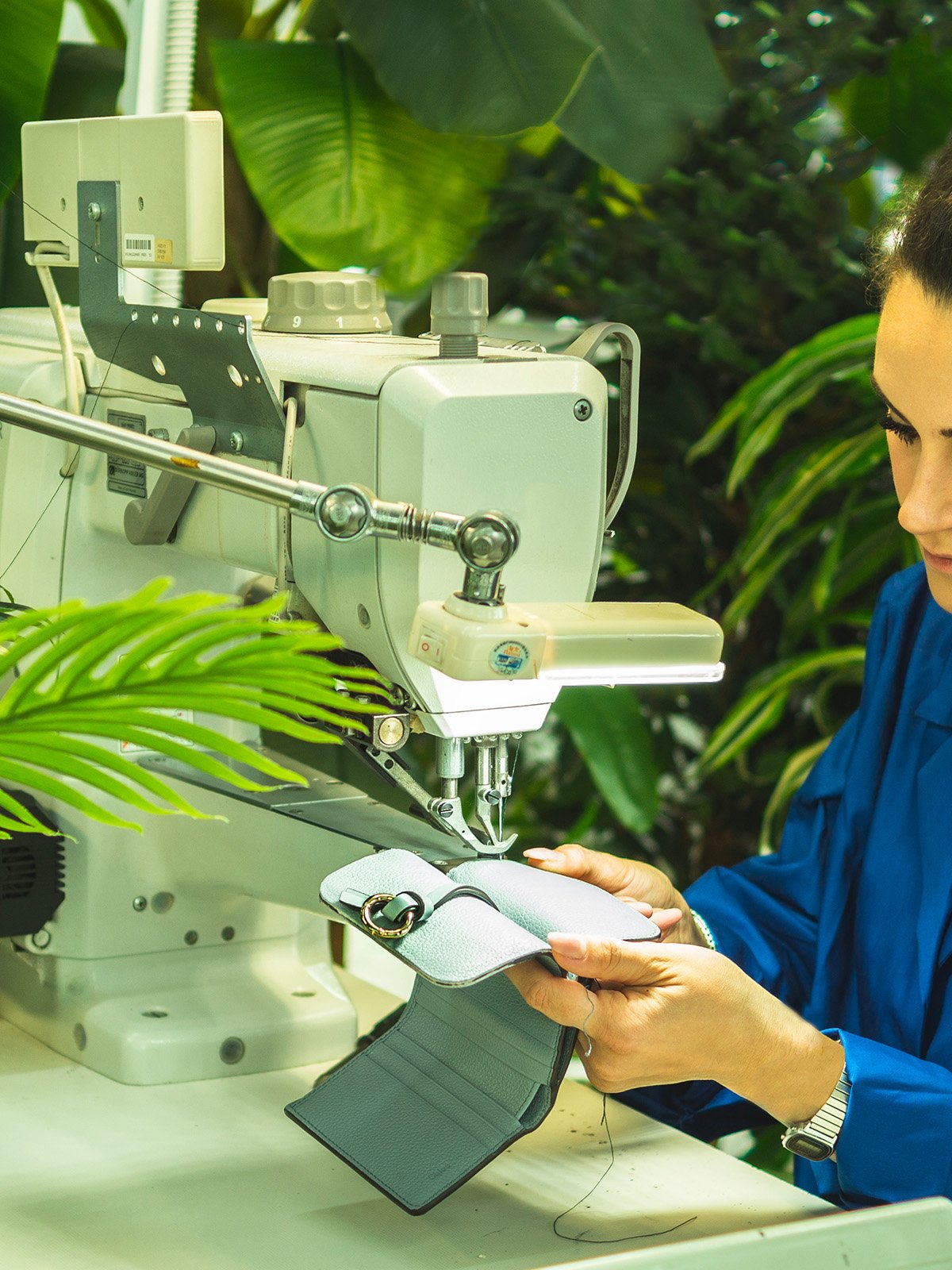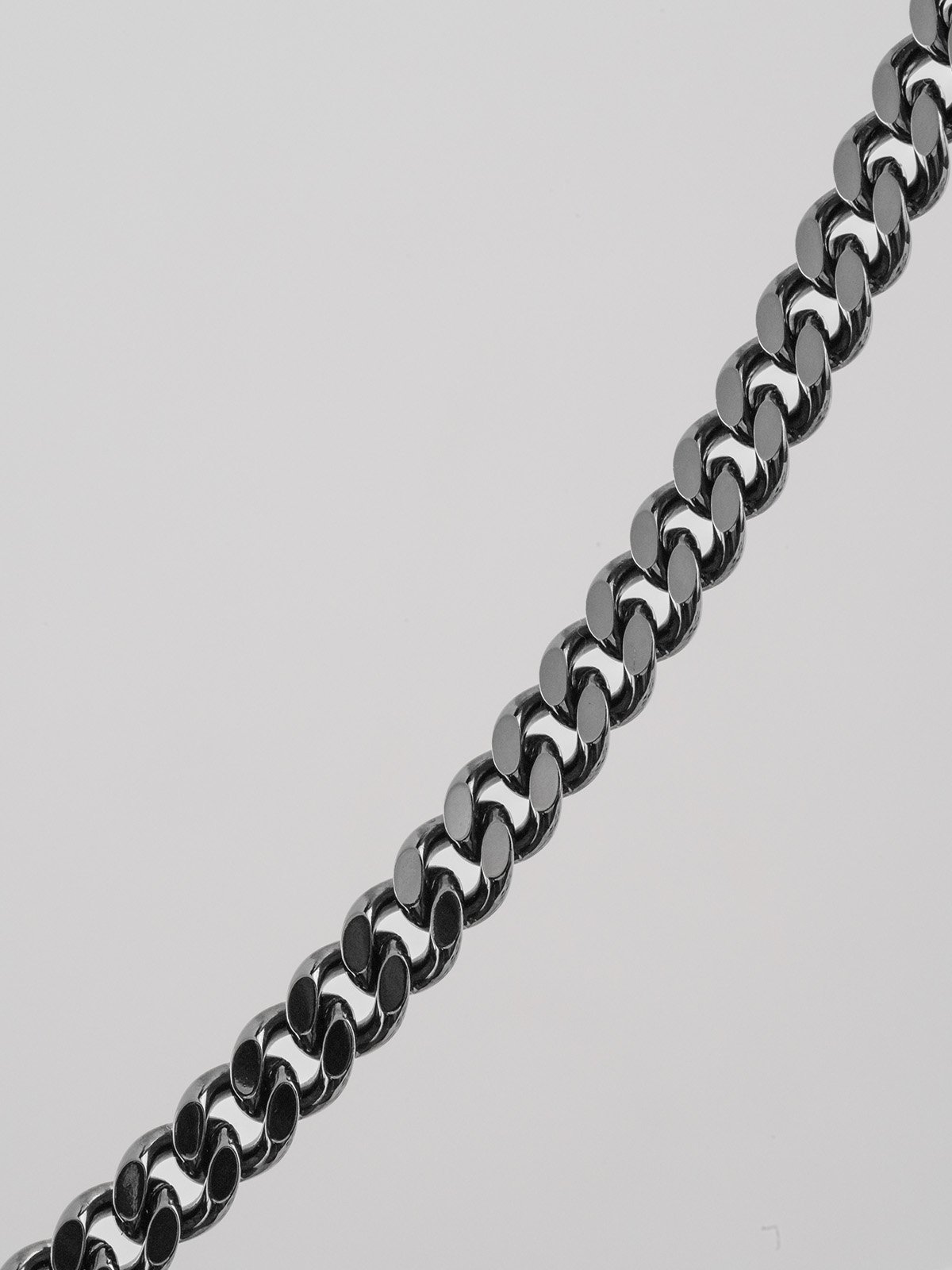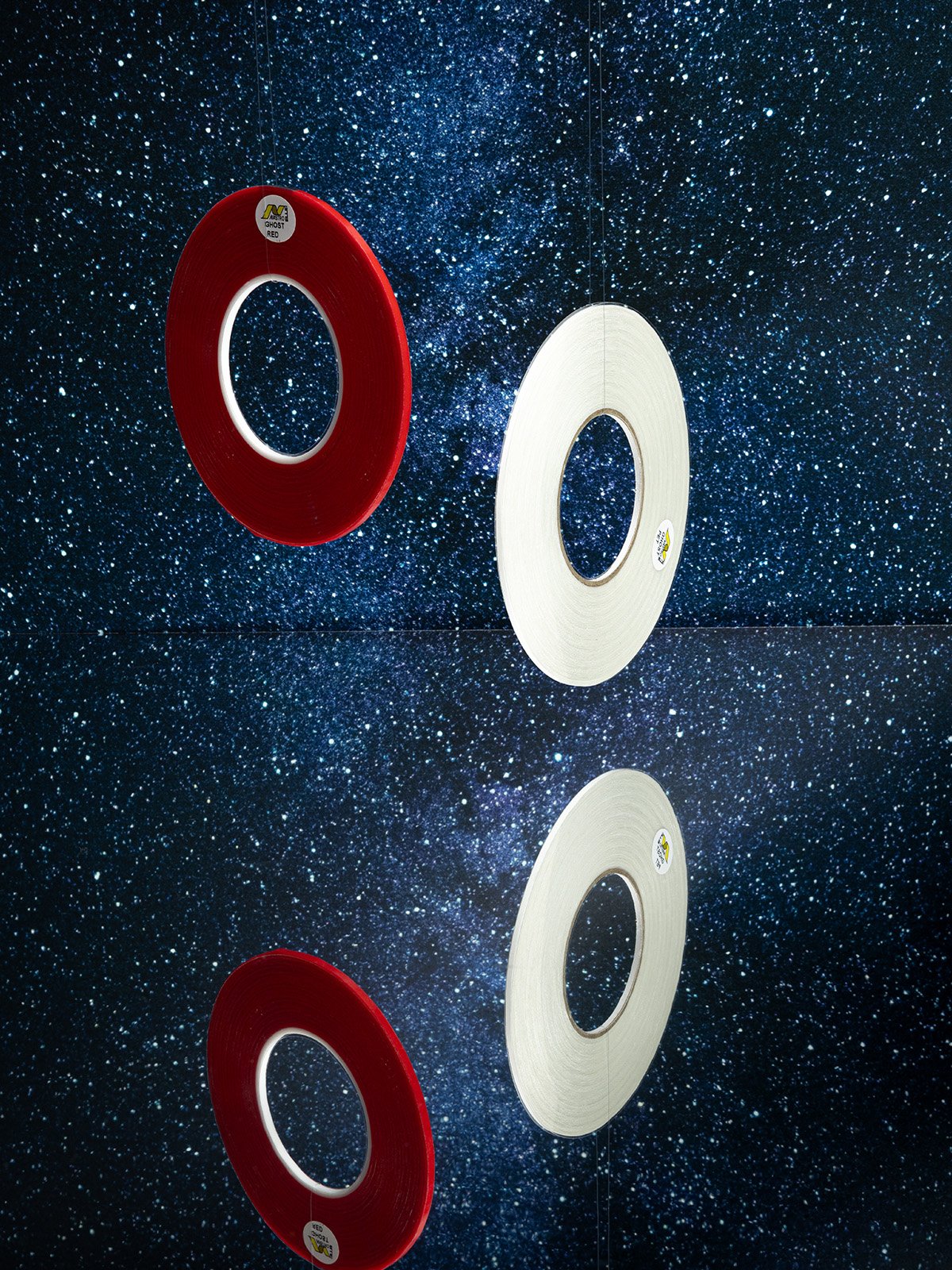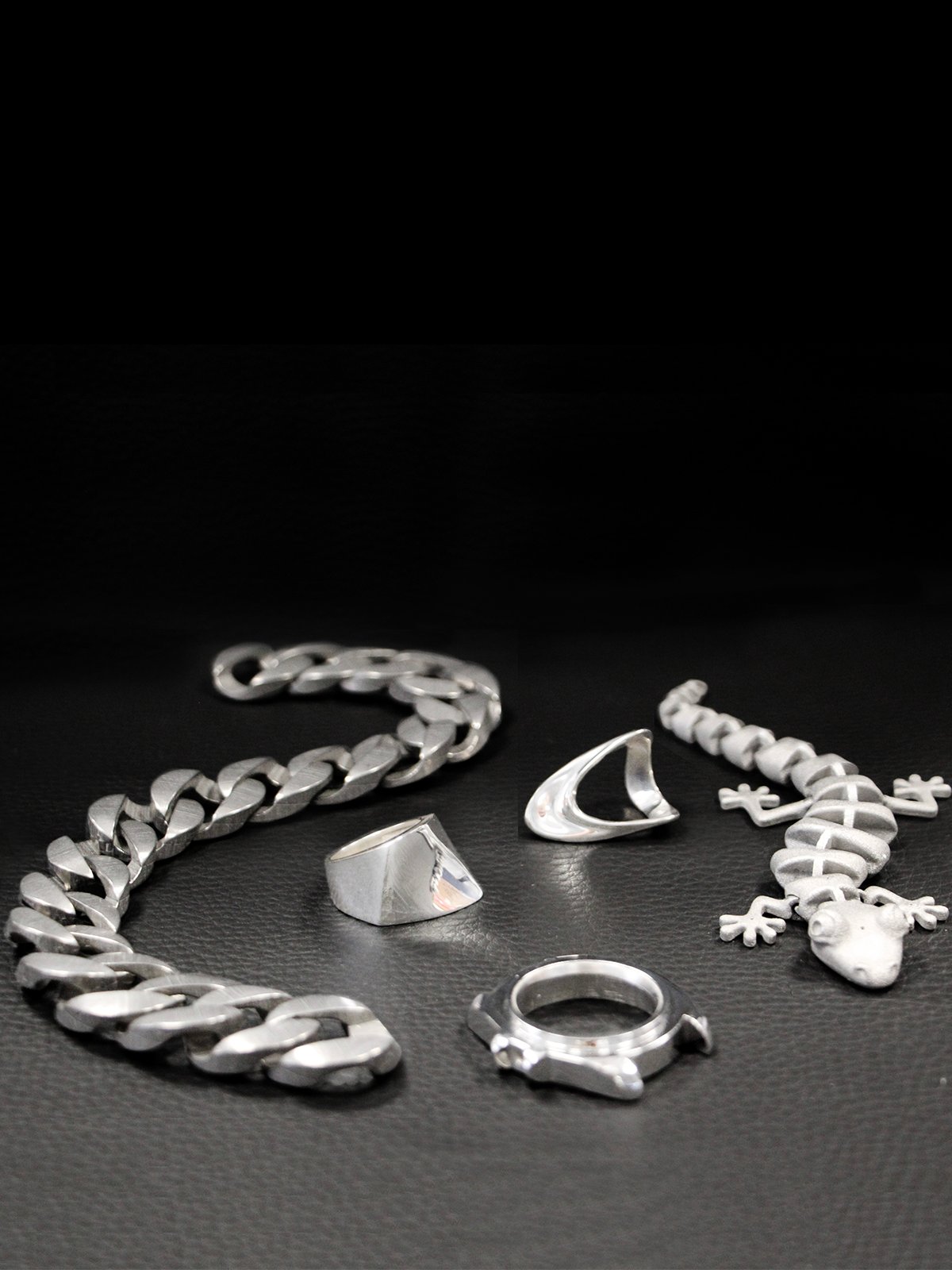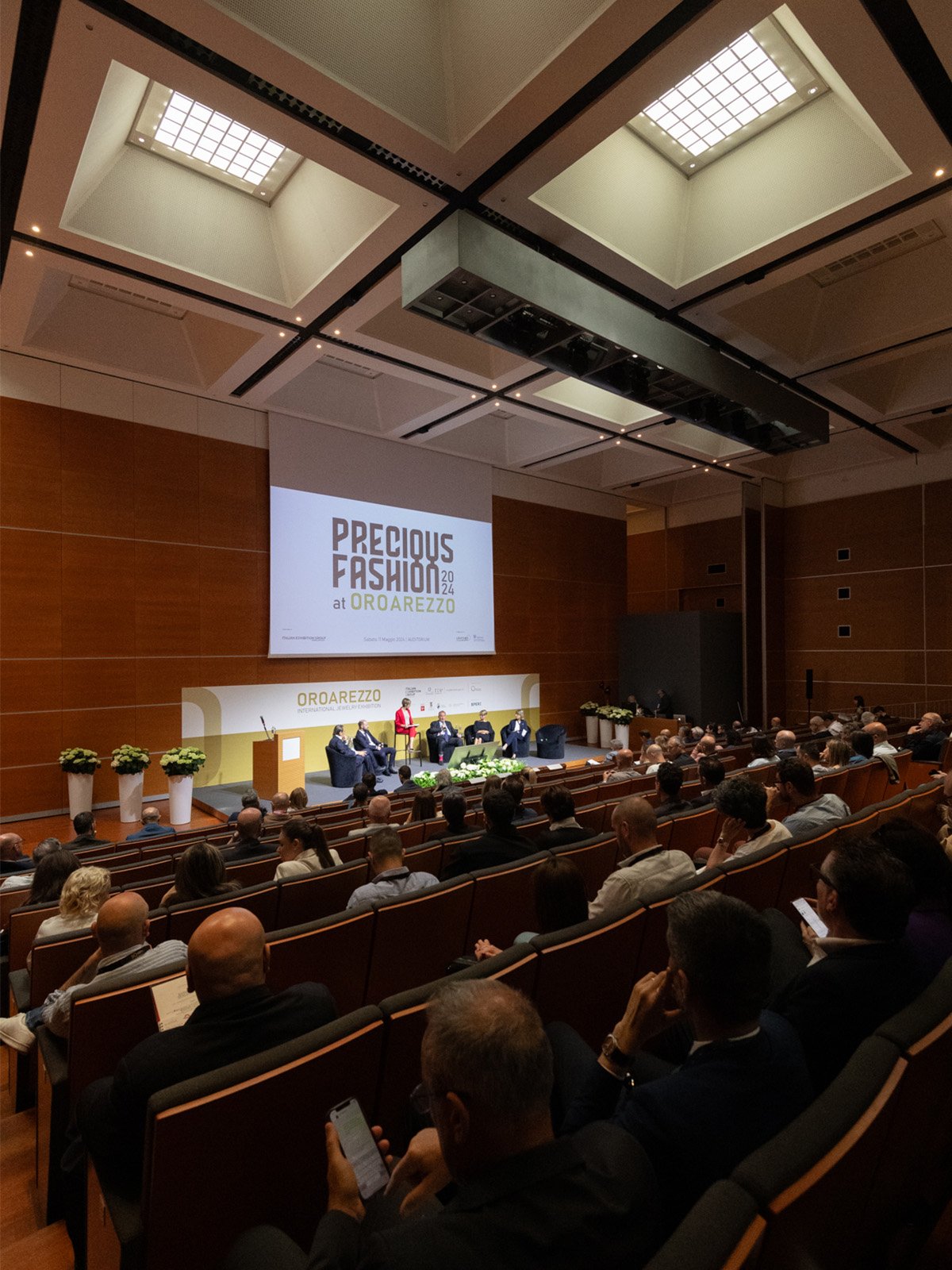News
How do you become a sustainable tannery? Here are 3 virtuous examples

Translated into numbers, each year, tanneries worldwide recover a total of about 1,700 square kilometers of raw leather, or 8 million tons, which if disposed of as waste would produce 5 million tons of greenhouse gases (UNIDO DATA).
The increasing focus on product and process sustainability is transforming the work of tanneries, which are being called upon to reduce their environmental impact.
Is consuming less water and making it cleaner upstream of the water purifier possible?
In tanneries, water consumption is a critical issue. Water, after hides and skins, is the most important raw material, both as a carrier for the wet stages of tanning, riviera or dyeing and for washing hides and machinery. The wastewater generated contains pollutants that must be treated by consortium purifiers to return the water to nature with safe characteristics.
Can the individual tannery, upstream of the treatment plant, do more? We asked Tiziano Bonistalli of Onda Verde Tannery.
"To do our part, we have developed Eco-green, a project that intervenes in the entire tanning process, which will allow us to achieve annual savings of 15 percent in water and chemicals by 2026."
How?
"We are testing new optimized retanning recipes and new types of finishing, which make use of less water; in parallel we intervene in post-operation washing: we fractionate and reduce water quantities without compromising yield efficiency. Thanks to new processes and machinery we also recover solvents, reuse part of the wastewater and reduce energy consumption. Finally, we have established minimum production quantities to avoid unnecessary waste of both energy and raw materials."
Did you know that 72 percent of leather processing waste is recycled?
For every square meter of leather produced, 2.09 kilograms of by-products are generated, i.e., waste derived both from the preparation stages, such as depilation and fleshing, and from the final selection (waste, trimmings and shavings).
Where does this waste end up?
The recovered hair, for example, is used for the production of fertilizers for organic farming and the cosmetics industry.
"Animal hair," explains Paolo Danesi of Orice Tannery, "is a product rich in keratin, an important protein used in the production of biostimulants for plants. Our new plant makes it possible to extract from liming and depilation baths the intact hair, already detached from the skin but not yet destroyed, preventing it from ending up in the drains: in this way, the pollutant load of the baths is significantly reduced and results in a lower presence of sulfides in the wastewater."
Do green and digital go hand in hand? In virtuous manufacturing processes, yes!
We often talk about new Industry 4.0 processes for leather processing. But what are they about? About approaches that introduce smart technologies for monitoring production. The goal is not only to make the production process more efficient, but also to encourage savings in water, energy and minimize the impact of production on workers' health and the environment.
Notable among innovations in this regard are cogeneration plants interconnected with management systems and machinery, which make it possible to produce heat and electricity in a single plant.
"Our cogenerator produces electricity and heat for the operation of machinery, heating and hot water: the network connection allows for timely control over both energy consumption and the use of any connected device, enabling optimized and intelligent management," says G.M. Leather Group staff. Its endothermic engine is powered by methane gas, which has enabled us to both reduce the consumption of BTZ (low-sulfur) carburetion oil and improve CO2 emissions into the atmosphere. Internal power generation also allows for an estimated self-consumption rate of about 70%. To date, we have reduced energy consumption by 22% and CO2 emissions by 21.3%, data that we are updating in relation to new mapping. A computerized water flow monitoring and control system soon to be installed will also enable optimization of water consumption."
The Group also has a unique innovative wastewater treatment plant, which adopts not only chemical-physical operations but also biological ones through the use of natural enzymes.





